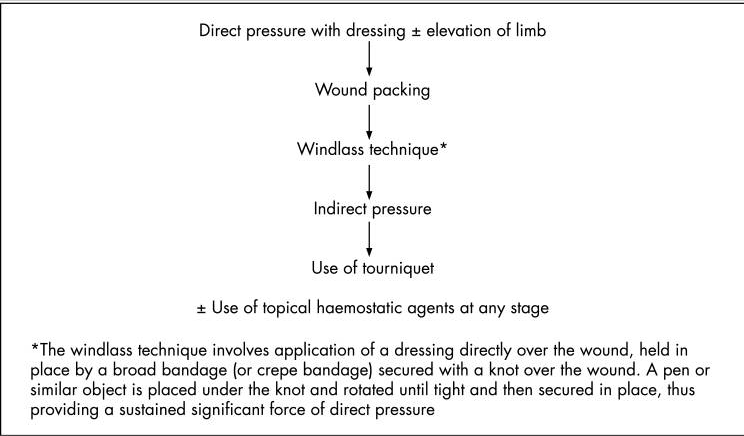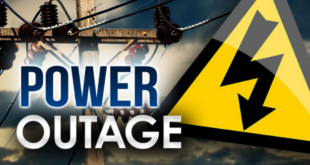When traveling we are always reminded to not pack your medication in your checked luggage, rather keep it in your hand carry. This applies to both air travel, as well as cruise ship travel. It is also recommended that you carry with you a travel size first aid kit, especially if you are self-driving at a far away destination.
While the contents of a first aid kit are pretty straight forward, one item which doesn’t appear often is the tourniquet.
A 2007 National Institutes of Health (NIH) study reveals that the presence of a tourniquet oftentimes is the unique factor which saves lives “pre-hospital.” Their closing statement says everything: “Practitioners should familiarise themselves with this simple piece of equipment and be prepared to use it in appropriate cases without an irrational fear of complications.”
My own listening to travel program managers at last years OSAC conference provided sufficient anecdotal evidence that their number one concern were traveling employees becoming ill or having an accident while traveling.
For this reason, we advocate including a tourniquet in your vehicle first aid kit and in your travel first aid kit. Absent such, a belt, sock or other item may be a on-the-fly substitute.
When does one use a tourniquet? That NIH study provides us with a “step-wise decision chart”:

The study goes on to provide a number of examples of when a tourniquet use would be recommended.
- Penetrating trauma from firearms and stabbings.
- Terrorist incidents with penetrating and/or blast injury to limbs.
- Rural incidents or wilderness medicine where there are limited resources and delayed, often unconventional, transport to definitive care.
- Industrial accidents.
Medical emergencies arrive when we least expect it. Having the ability to react to those situations is key. Have a plan, have a medical kit in that plan. And before you travel be sure to read “Travel Security Checklist: Medical and Health Risk Information.”
Where can you get a tourniquet
They are available at your safety and security supply store and of course online. We provide a couple of options below which won’t break the bank, but might save a life.
 Travel Securely Securely Travel
Travel Securely Securely Travel


